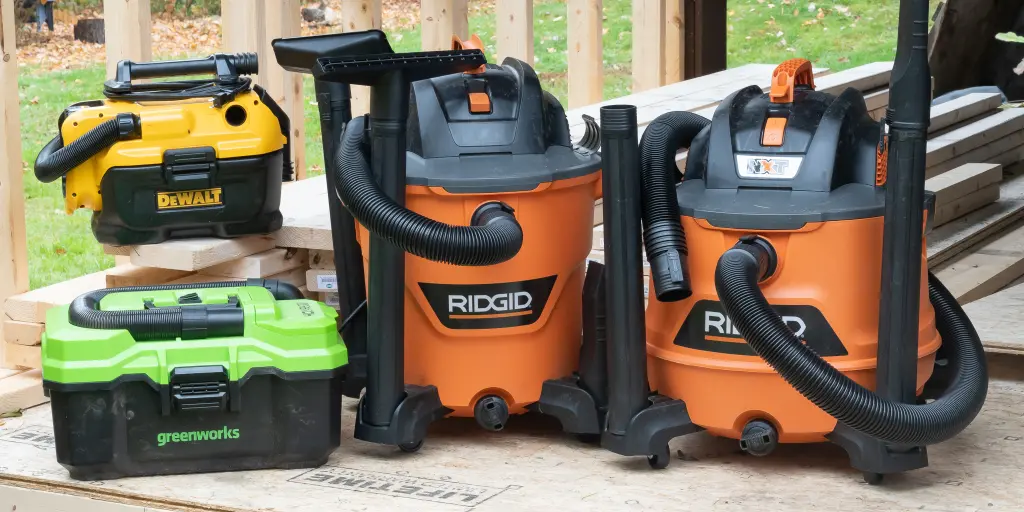Why Dry Pumps Are Better for Clean Production
Published: 2025-09-16

Why Dry Pumps Are Better for Clean Production
In today's fast-paced industrial landscape, cleanliness isn’t just a preference, it’s a necessity. Whether you're manufacturing semiconductors, processing food, or developing pharmaceuticals, contamination can ruin batches, halt production lines, or worse, pose serious health risks. Amid this growing demand for spotless, eco-friendly processes, one unsung hero is making a quiet revolution: dry pumps.
These vacuum systems, often overlooked, are proving themselves indispensable to industries that require clean and sustainable operations. But why are dry pumps better for clean production? Let’s break it down.
What Are Dry Pumps, and Why Do They Matter?
To understand their advantage, you first need to grasp what a dry pump is. Simply put, a dry pump is a type of vacuum pump that operates without the use of any sealing or lubricating oil in the compression chamber. That’s a game-changer when it comes to contamination control.
Unlike traditional wet pumps, which rely on oil to function (and consequently pose risks of oil leakage, vapor emissions, and laborious cleanup), dry pumps eliminate this risk. This means cleaner environments, purer end products, and fewer maintenance nightmares.
In industries where a single drop of oil can compromise an entire production run, this difference matters a lot.
Dry Pumps vs. Wet Pumps: A Quick Comparison
Let’s put this into perspective. Wet vacuum pumps are similar to those old, greasy machines that require constant attention, lubrication, cleanup, and disposal of hazardous waste. They do the job, but not without a cost to efficiency and the environment.
Dry vacuum pumps, on the other hand, are the clean, efficient counterpart. Here's a side-by-side snapshot:
|
The contrast between the two is more than just technical. It’s operational and ecological.
Industries That Thrive with Dry Pumps
You may be surprised to learn that many industries rely on vacuum pumps for clean production. Here are just a few that benefit massively from the switch to dry vacuum systems:
1. Semiconductors
The semiconductor industry demands ultra-pure manufacturing conditions. Microscopic particles can destroy entire wafers. That’s why dry pumps are favored. They prevent back streaming of oil vapor, a notorious contaminant in cleanrooms.
2. Pharmaceuticals
Imagine making a drug, only to discover it’s been tainted by lubricants from a pump. Not only is that a regulatory disaster, but it’s also dangerous. Dry pumps eliminate this possibility, allowing for compliance with strict health and safety standards.
3. Food Processing
Cleanliness in food manufacturing is non-negotiable. Contamination not only damages a reputation but also poses a risk to public health. Dry vacuum pumps support hygienic operations by ensuring no contact with harmful substances, such as oil or vapor residues.
4. Chemical Applications
Dry pumps also work well in chemical applications that involve corrosive or hazardous gases. Since they avoid oil contamination, they reduce the chance of chemical reactions within the pump that can lead to equipment failure or even fires.
The adaptability of dry pumps across different operational environments is one of their greatest strengths.
Cleaner Air, Lower Emissions
Let’s talk about the environment.
Traditional wet pumps emit oil mist into the air, contributing to workplace hazards and air pollution. Even when filters are used, they don’t always catch every particle, and they add maintenance costs.
In contrast, dry pumps operate without oil, drastically reducing emissions and helping facilities comply with environmental regulations. This leads to:
-
Improved air quality in production facilities
-
Lower carbon footprint
-
Easier compliance with the EPA or equivalent regulatory bodies
Dry-running vacuum pumps are not only energy-efficient but also significantly reduce hazardous waste production—something both governments and eco-conscious companies care deeply about.
Dry Pumps and Sustainability Goals
If your company is pushing toward carbon neutrality or green manufacturing, dry pumps are a natural fit.
Why?
-
Energy Efficiency: Dry pumps often consume less power thanks to smarter designs and fewer moving parts.
-
Zero Waste: No oil means no waste oil disposal, no filters to landfill, and no spill cleanup.
-
Longer Lifespan: With fewer internal contaminants, these pumps tend to last longer, resulting in reduced replacement cycles and lower manufacturing waste.
In the long run, this aligns with ESG (Environmental, Social, and Governance) metrics that many global firms are now held accountable for.
Dry vacuum pumps are rapidly replacing oil-sealed systems in environments where sustainability and uptime are critical.
Lower Maintenance = Higher Productivity
Another often overlooked benefit is the reduction in maintenance time. Dry pumps are easier to service since they don’t require constant oil checks, oil changes, or cleaning due to leaks.
Think about it, less downtime, fewer interruptions, and a maintenance team that can focus on higher-value tasks rather than babysitting equipment.
Over time, this translates into better overall equipment effectiveness (OEE) and fewer headaches for plant managers.
Economic Benefits: Saving Money While Saving the Planet
While the upfront cost of a dry pump might be higher than that of a traditional wet pump, it pays for itself quickly.
Here’s how:
-
No need for oil purchases
-
Lower disposal and environmental fees
-
Less maintenance labor
-
Reduced risk of product contamination (which can be incredibly costly)
-
Energy savings over time
According to Provac’s product listing, dry pumps offer long-term reliability and performance, helping facilities boost productivity and minimize operating expenses.
So, it’s not just a clean production choice, it’s a smart financial decision, too.
The Future is Oil-Free
Clean production isn’t a trend, it’s the future. As consumer demands, environmental regulations, and operational efficiency converge, industries can no longer afford to rely on outdated, oil-intensive machinery.
Dry pumps offer a pathway to:
-
Safer workspaces
-
Higher-quality products
-
Cleaner air
-
Greener operations
When considering their long-term cost savings, minimal maintenance requirements, and environmental benefits, it becomes crystal clear: dry pumps are a better choice for clean production.
Conclusion: Clean, Efficient, Sustainable, Why Settle for Less?
In the journey toward cleaner, safer, and more efficient production environments, dry vacuum pumps are a clear choice. They’re oil-free, low-maintenance, and designed with sustainability in mind.
Whether you're in the food, pharmaceutical, semiconductor, or chemical industries, making the switch to dry pumps isn’t just good business; it’s the right thing to do.
Why stick with messy, outdated systems when the cleaner, more innovative alternative is already here?
Make the leap. Clean production starts with the tools you choose.
















Add Comment